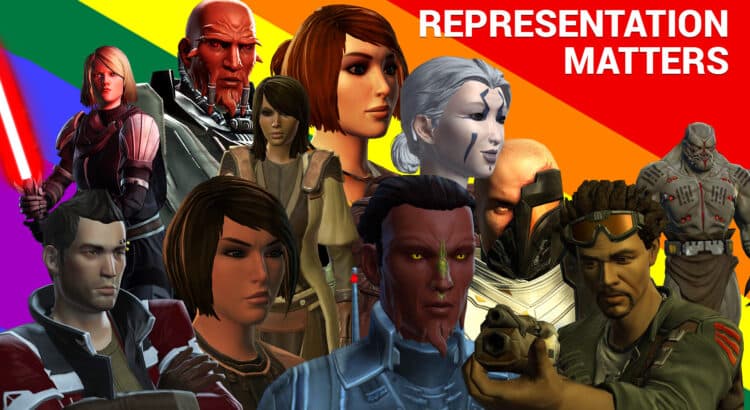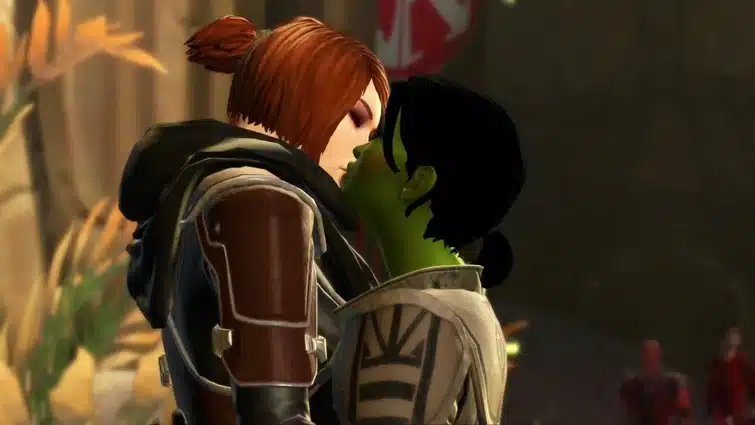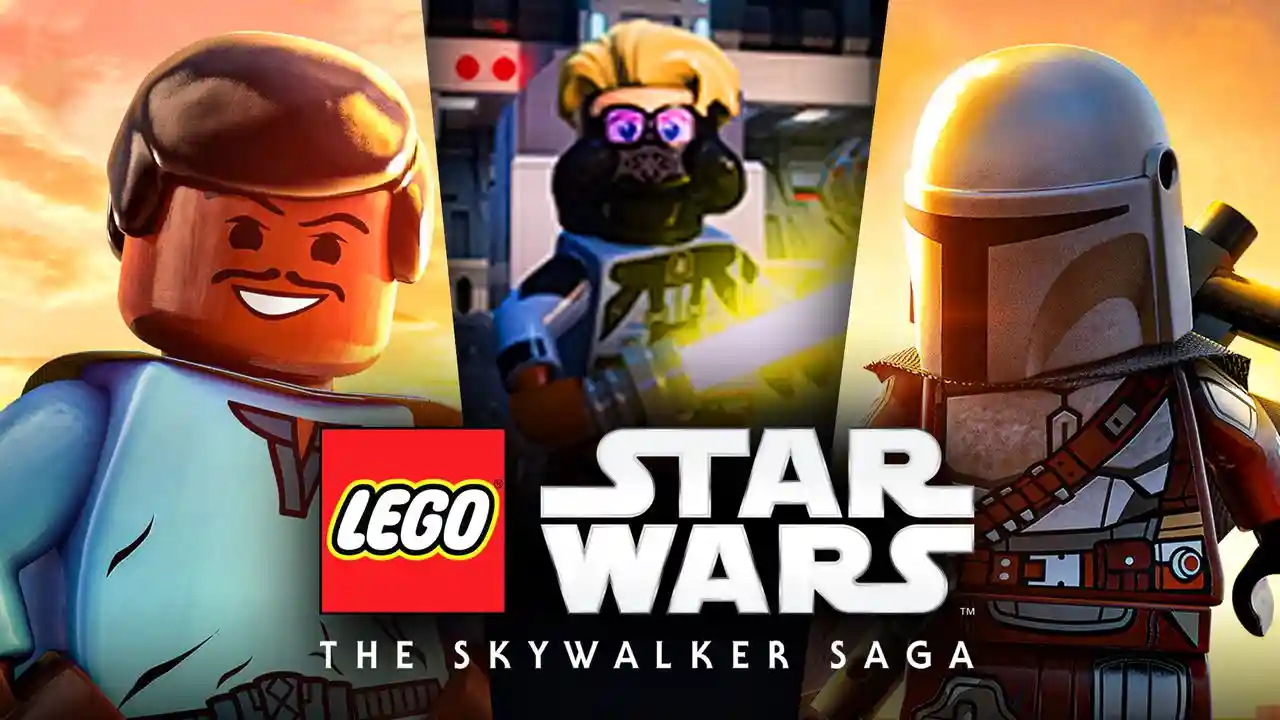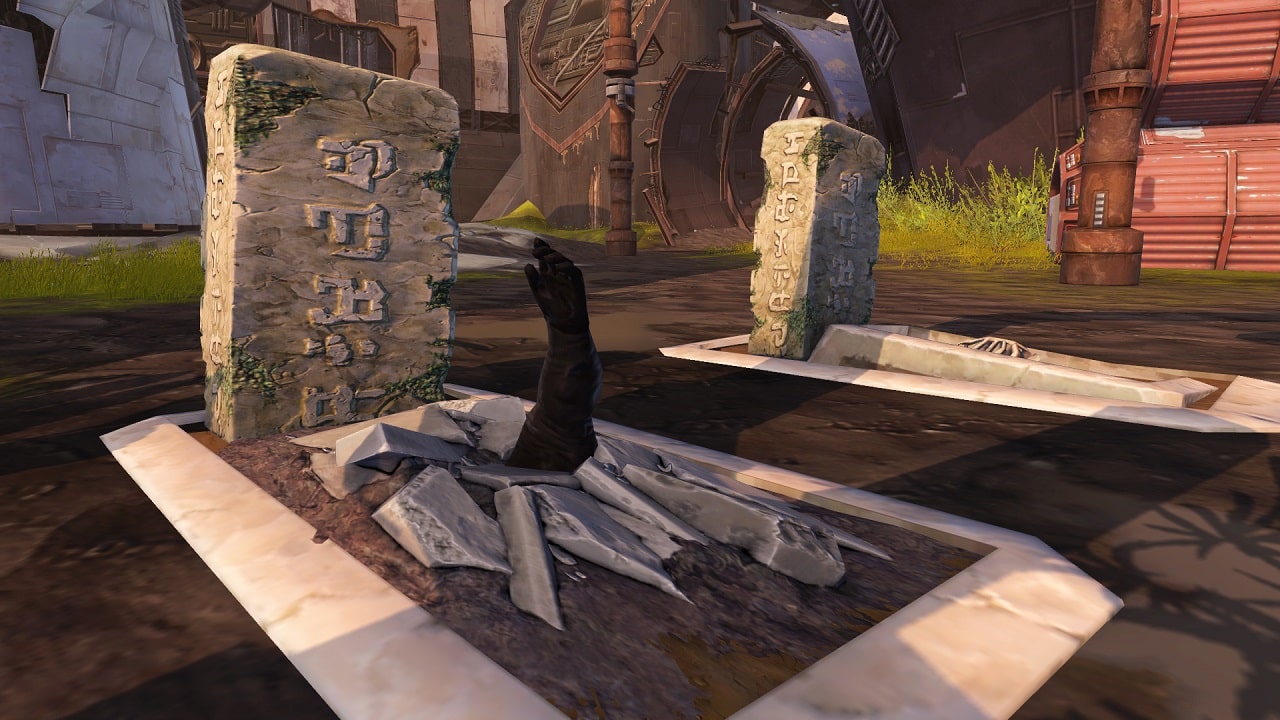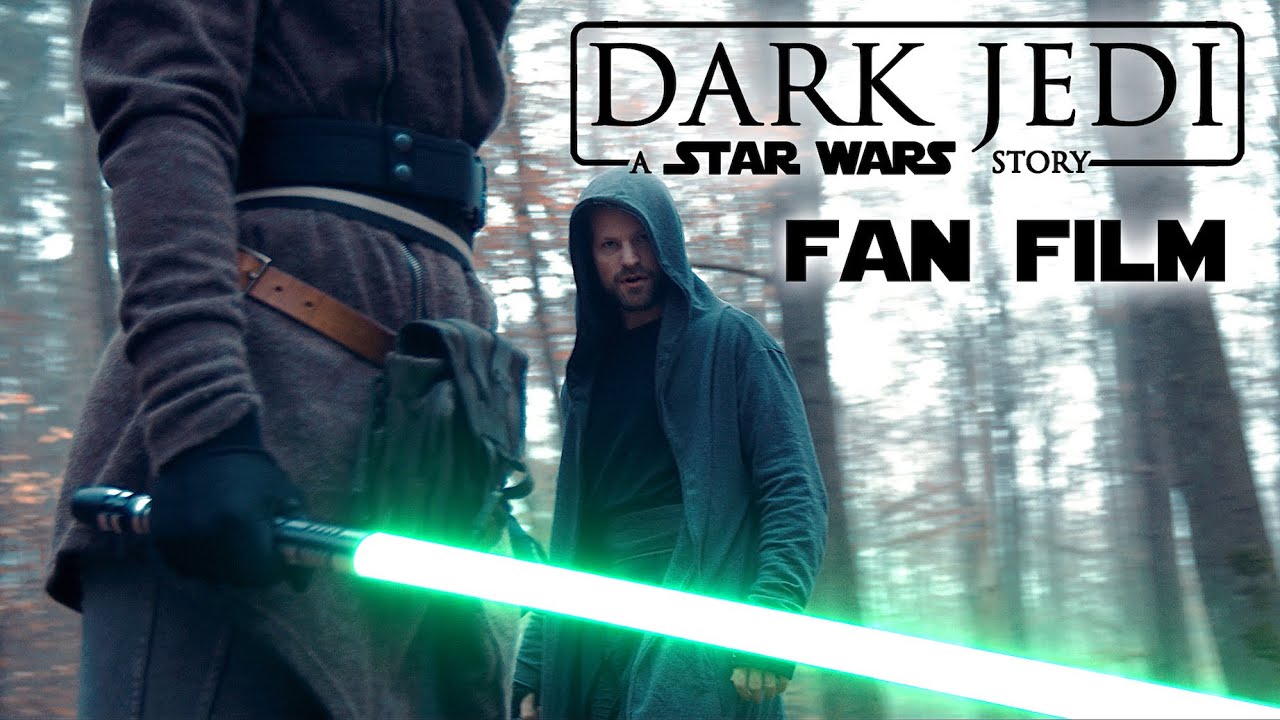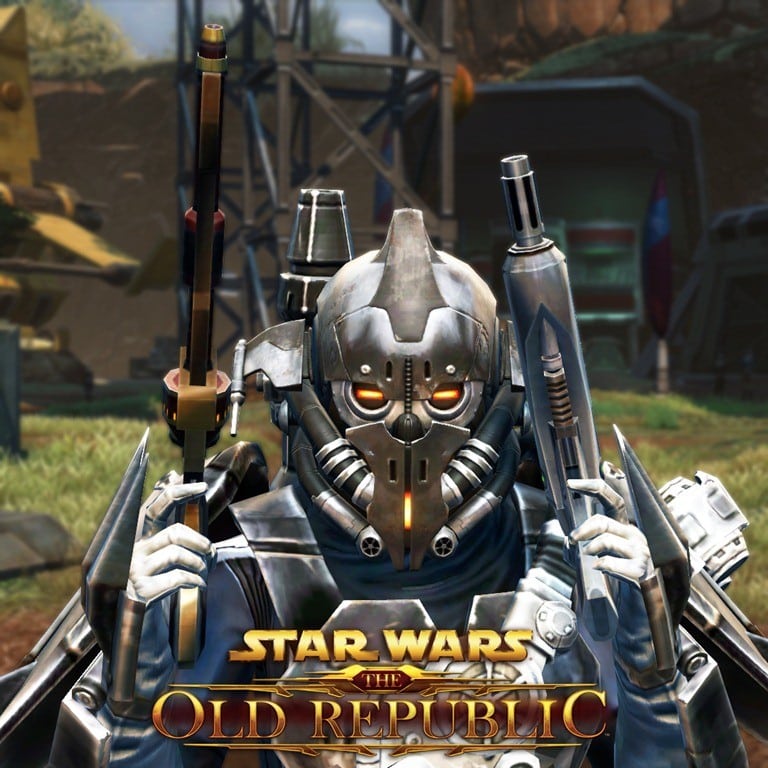BioWare’s Star Wars: The Old Republic (SWTOR) launched in December 2011, riding high on expectations from fans eager for another immersive experience from a developer renowned for detailed storytelling and character development. However, the game initially faced criticism for its lack of LGBTQ+ representation—a glaring omission in a franchise celebrated for its diverse and inclusive narratives.
Early Days and Initial Discontent
SWTOR began with only heterosexual romance options, leaving LGBTQ+ players without representation. The game’s first bisexual character, Kaliyo Djannis, was only romanceable by male Imperial Agents, further highlighting the limitations in the game’s approach to inclusive storytelling. This was a significant oversight, given BioWare’s reputation for creating engaging, romantically diverse characters in other titles like Dragon Age and Mass Effect.

Turning Point with Rise of the Hutt Cartel
The release of the Rise of the Hutt Cartel expansion in April 2013 marked a turning point for LGBTQ+ representation in SWTOR. Introducing characters like Lemda Avesta and Lord Cytharat—bi and gay, respectively—this expansion began to address the need for representation. However, it also introduced a contentious point: while the base game was free-to-play, these inclusive narratives were locked behind a paywall, requiring a subscription to access, contrasting sharply with the freely available heterosexual romance options.
Progressive Steps Forward
Despite the initial hurdles, BioWare continued to evolve the game’s inclusivity through subsequent expansions. Shadow of Revan and later updates like Knights of the Fallen Empire and Knights of the Eternal Throne expanded the roster of LGBTQ+ characters and relationships, albeit still behind a subscription fee. These expansions not only brought back characters like Lana Beniko and Theron Shan but also introduced new ones, providing richer, more diverse narratives.
A Shift Towards Accessibility and Inclusion
In a significant move towards inclusivity and accessibility, BioWare eventually made Rise of the Hutt Cartel and Shadow of Revan free for all players. This change was a crucial development, democratizing access to LGBTQ+ content and aligning more closely with the spirit of diversity and acceptance that defines the Star Wars universe.
Ongoing Challenges and Community Response
Despite these advancements, challenges persist. Many LGBTQ+ characters and stories remain behind expansion content, accessible only to those who pay. Furthermore, some characters introduced as bisexual in expansions do not maintain this representation in the free base game, leading to inconsistencies in representation.
Moreover, the death options for certain characters like Cytharat, the game’s only gay man, and the absence of any significant lesbian characters, highlight ongoing areas where the game can improve. These elements suggest a lingering hesitance to fully embrace LGBTQ+ inclusivity.
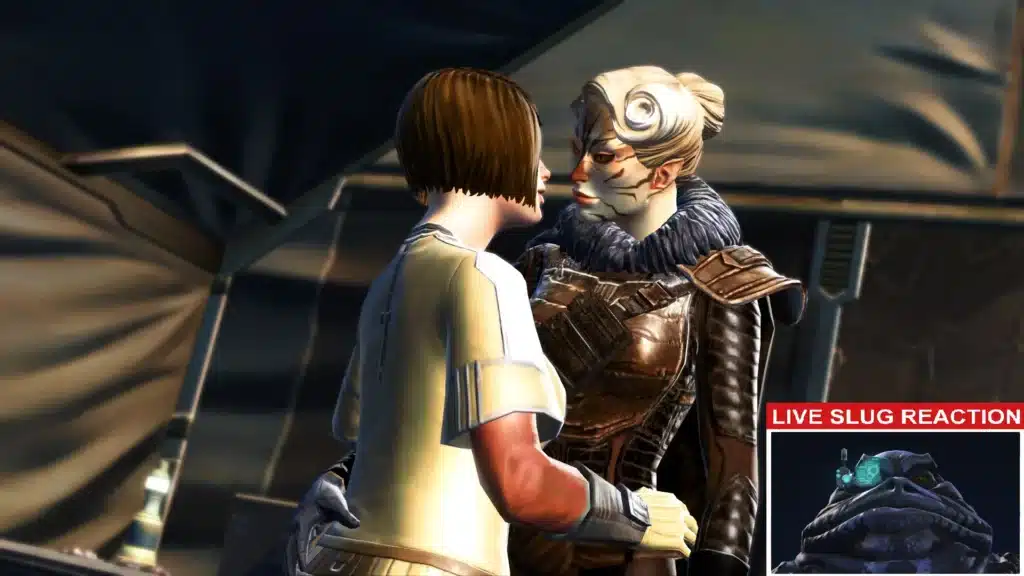
Conclusion: A New Hope for Representation
As SWTOR continues to evolve, it reflects a broader shift within the gaming industry towards more thoughtful and inclusive representation. The changes made by BioWare are not just about adding content; they are about recognizing the value and diversity of their player base. By making previous expansions free and adjusting the portrayal of existing characters to be more inclusive, SWTOR has not only addressed the critiques but also set a precedent for future developments.
In essence, SWTOR has given LGBTQ+ players a new hope—an acknowledgment that they are seen, valued, and included in the expansive universe of Star Wars. As the game progresses, the community remains hopeful for continued improvements, looking forward to a future where representation is not just an option, but a given.
This ongoing journey of Star Wars: The Old Republic towards inclusivity is a testament to the power of community advocacy and developer responsiveness, highlighting a significant evolution in gaming where every player can find themselves represented and respected.


